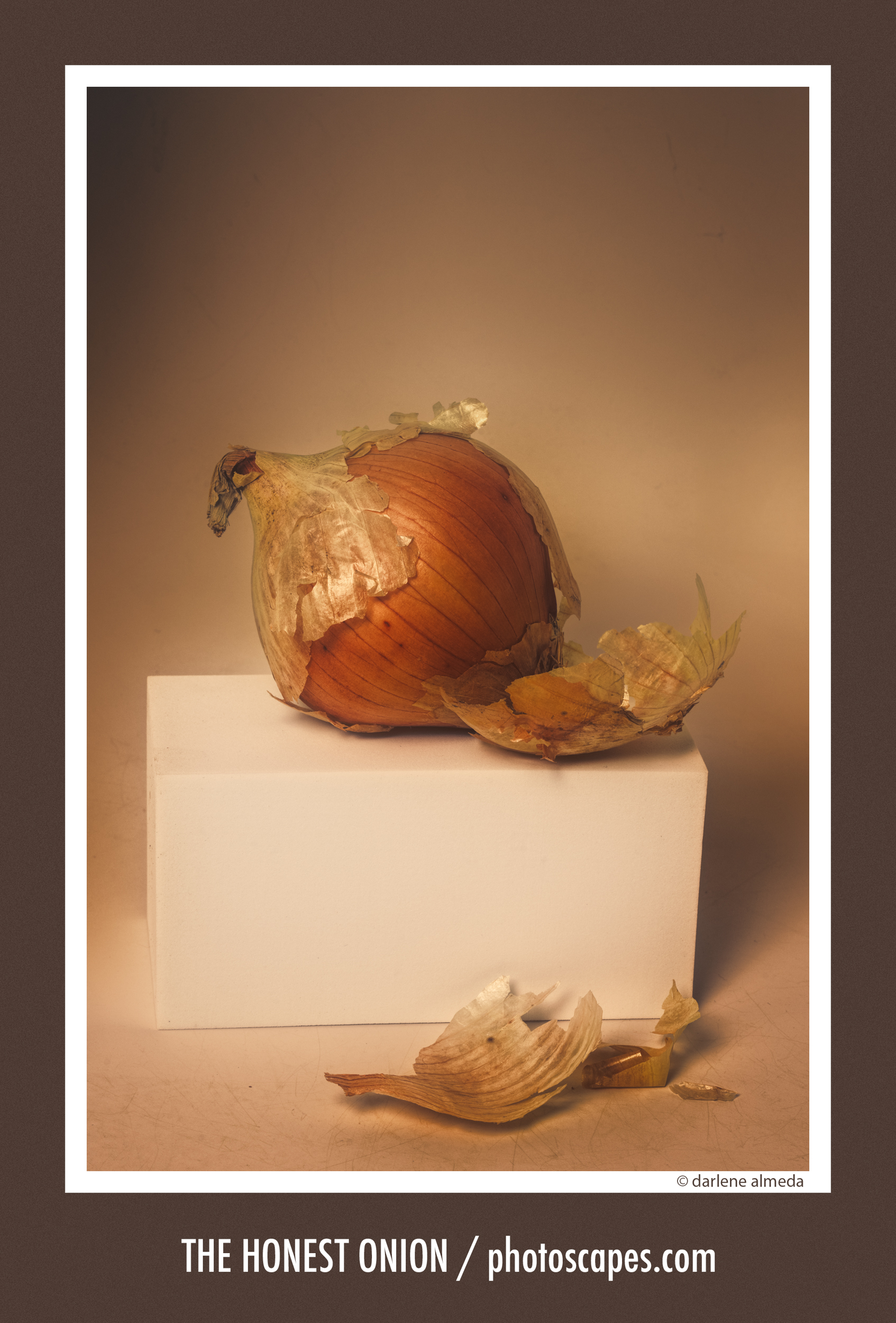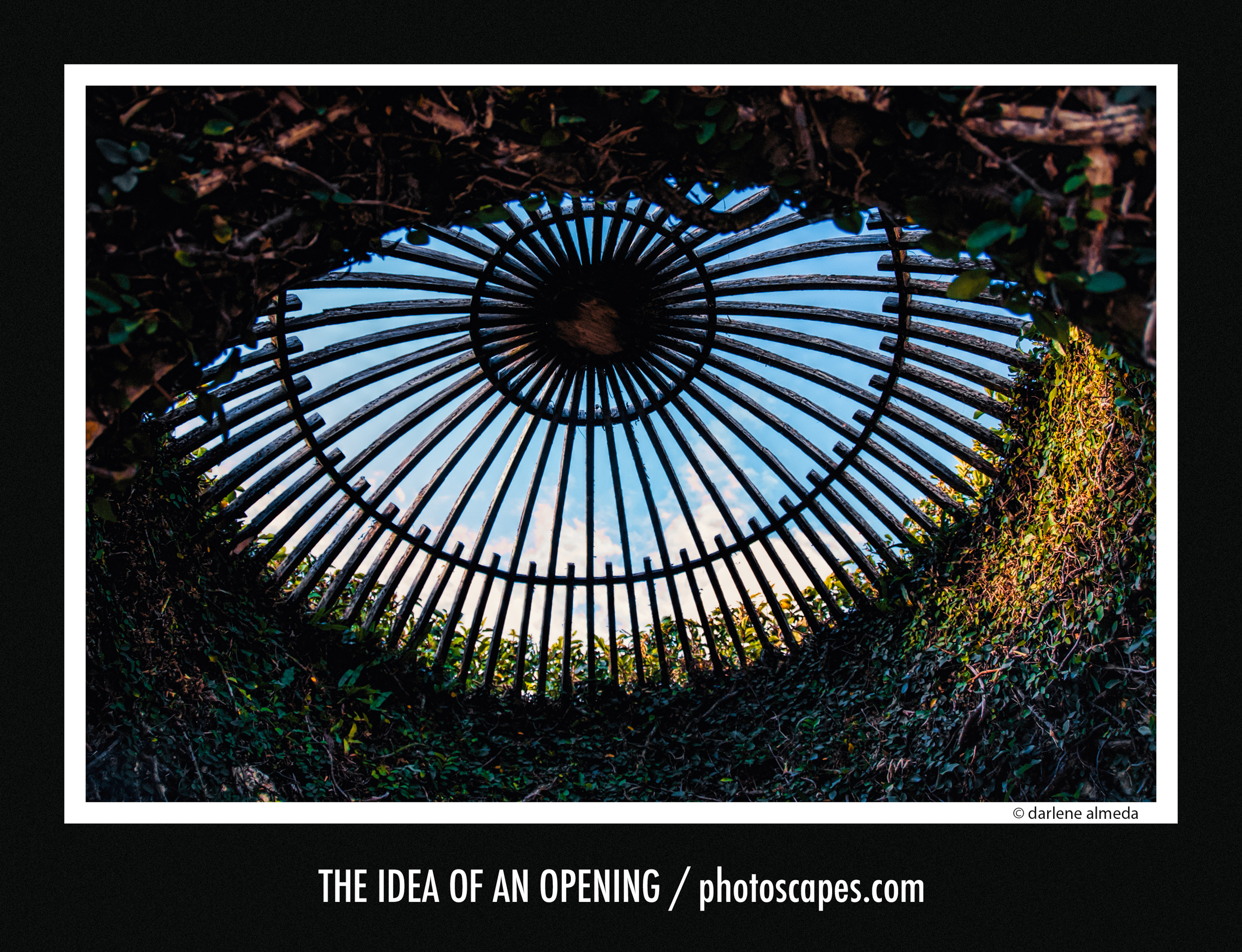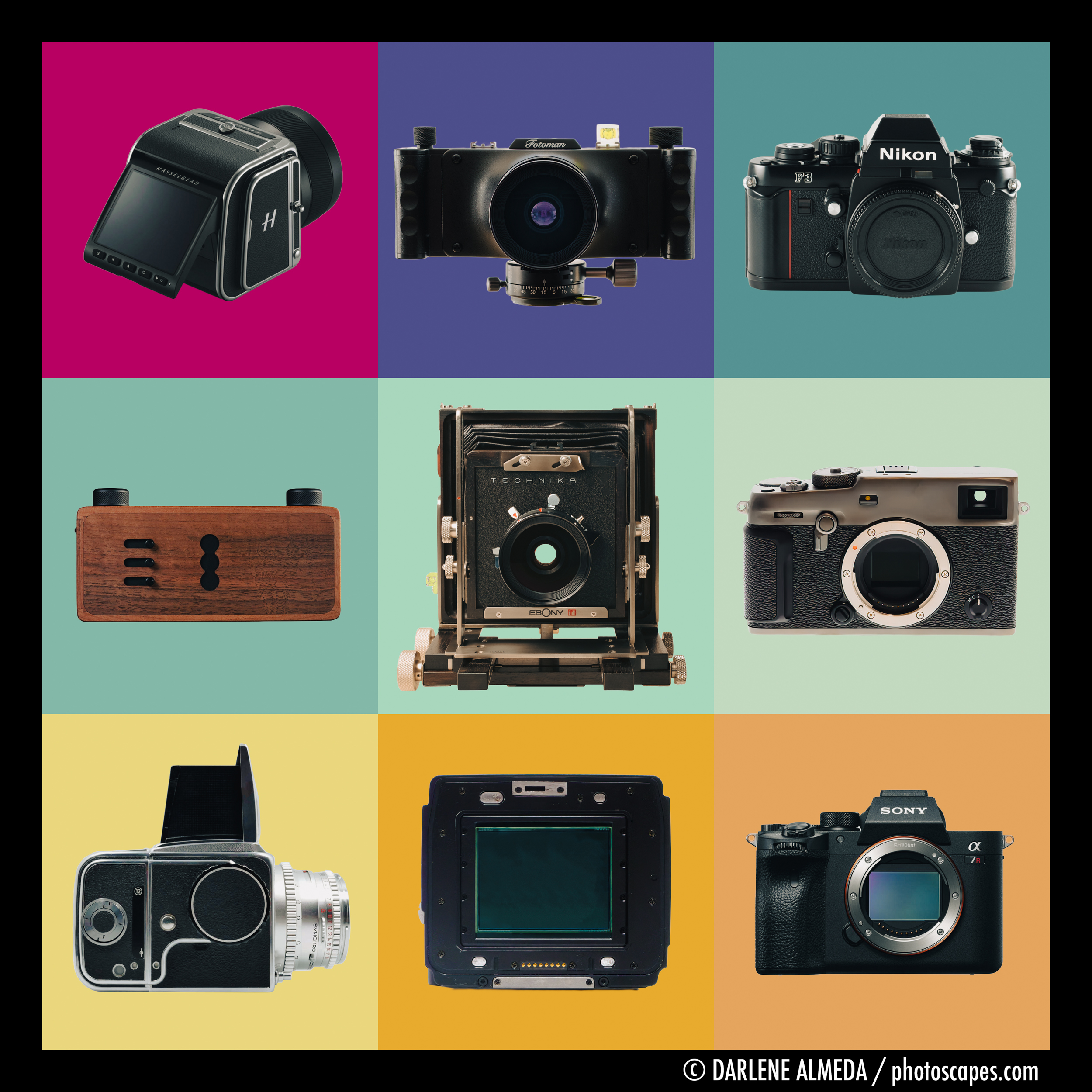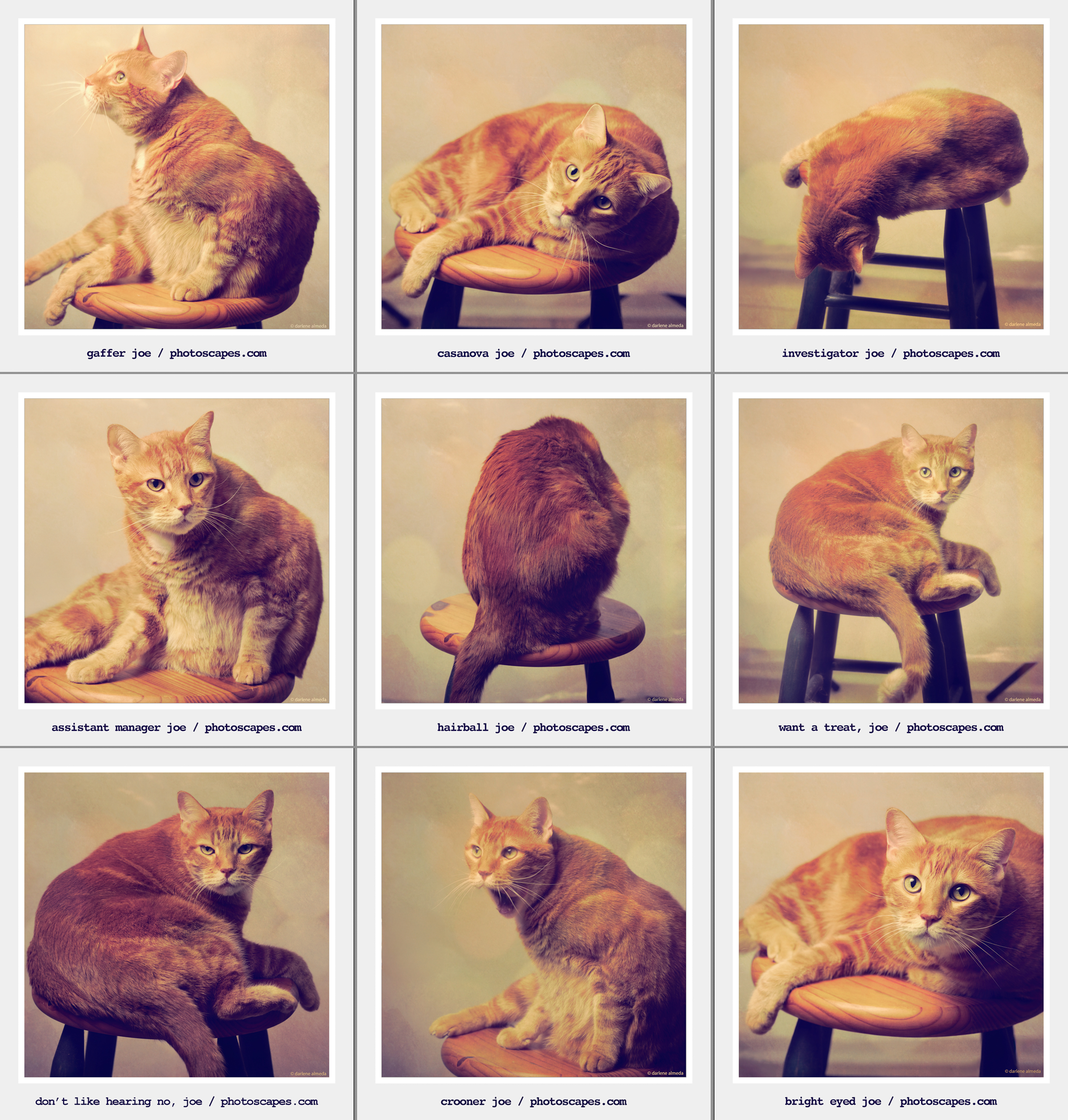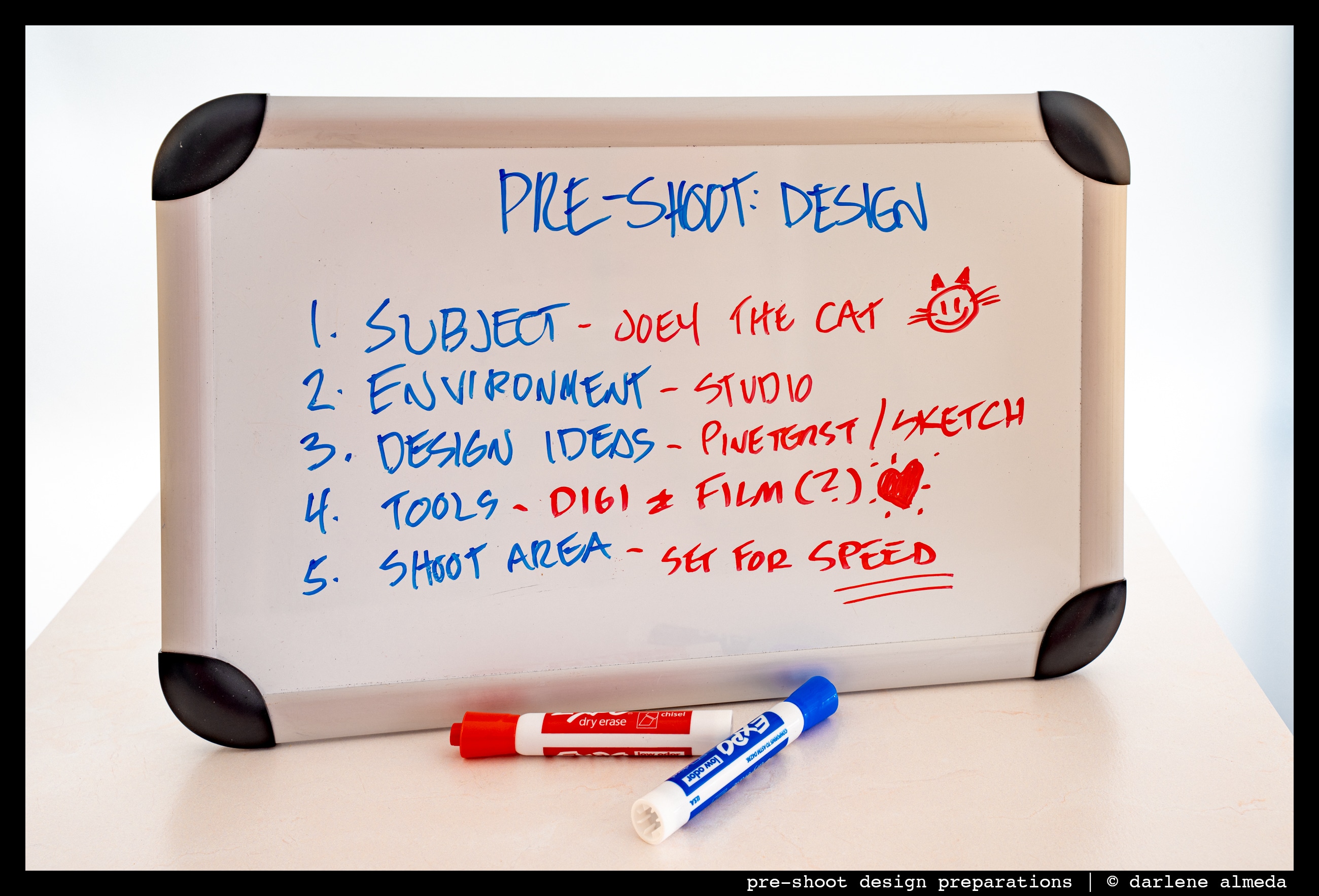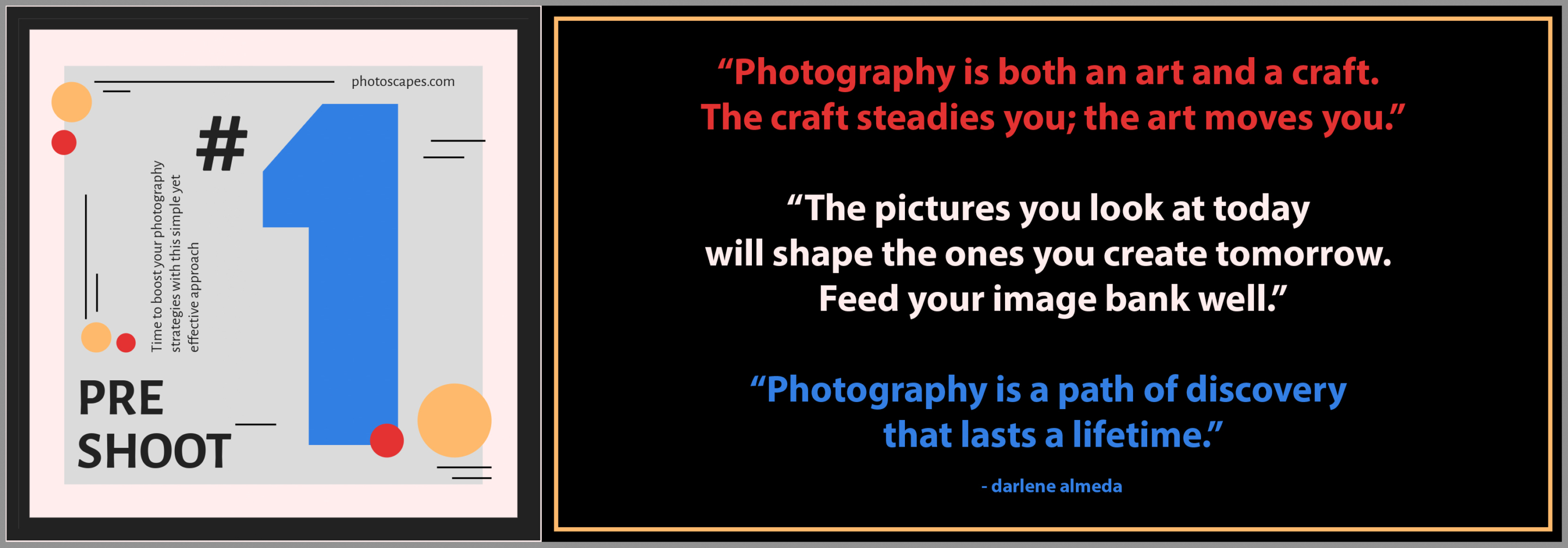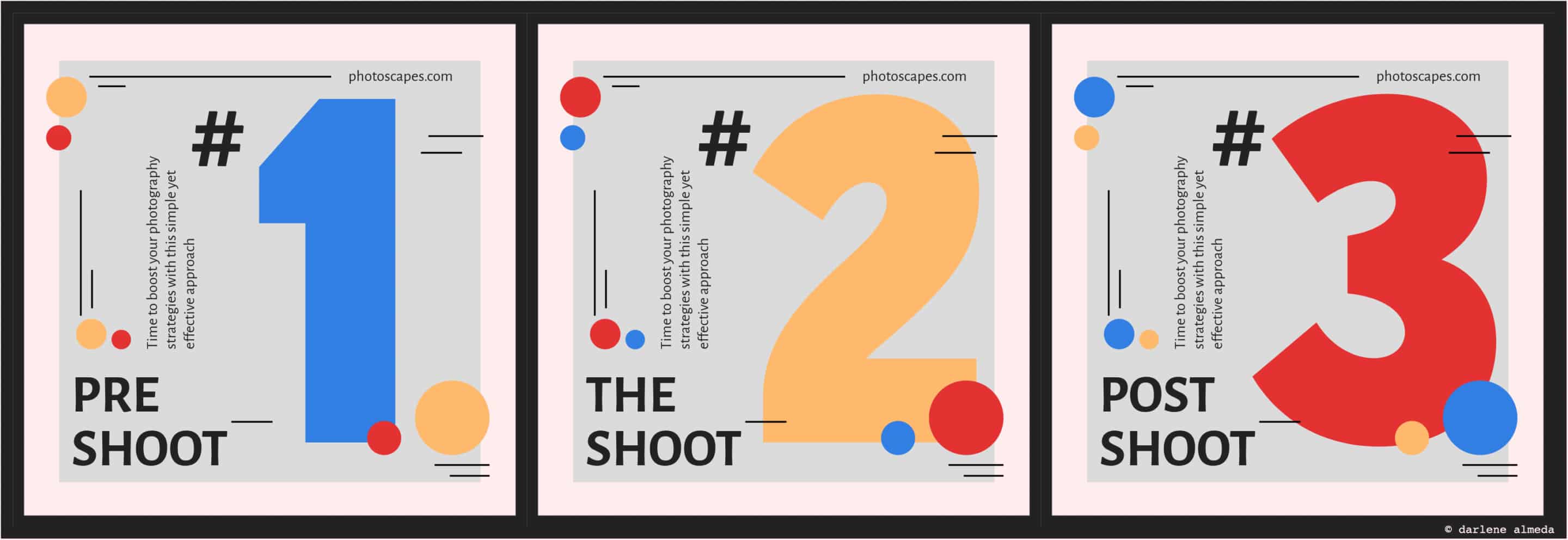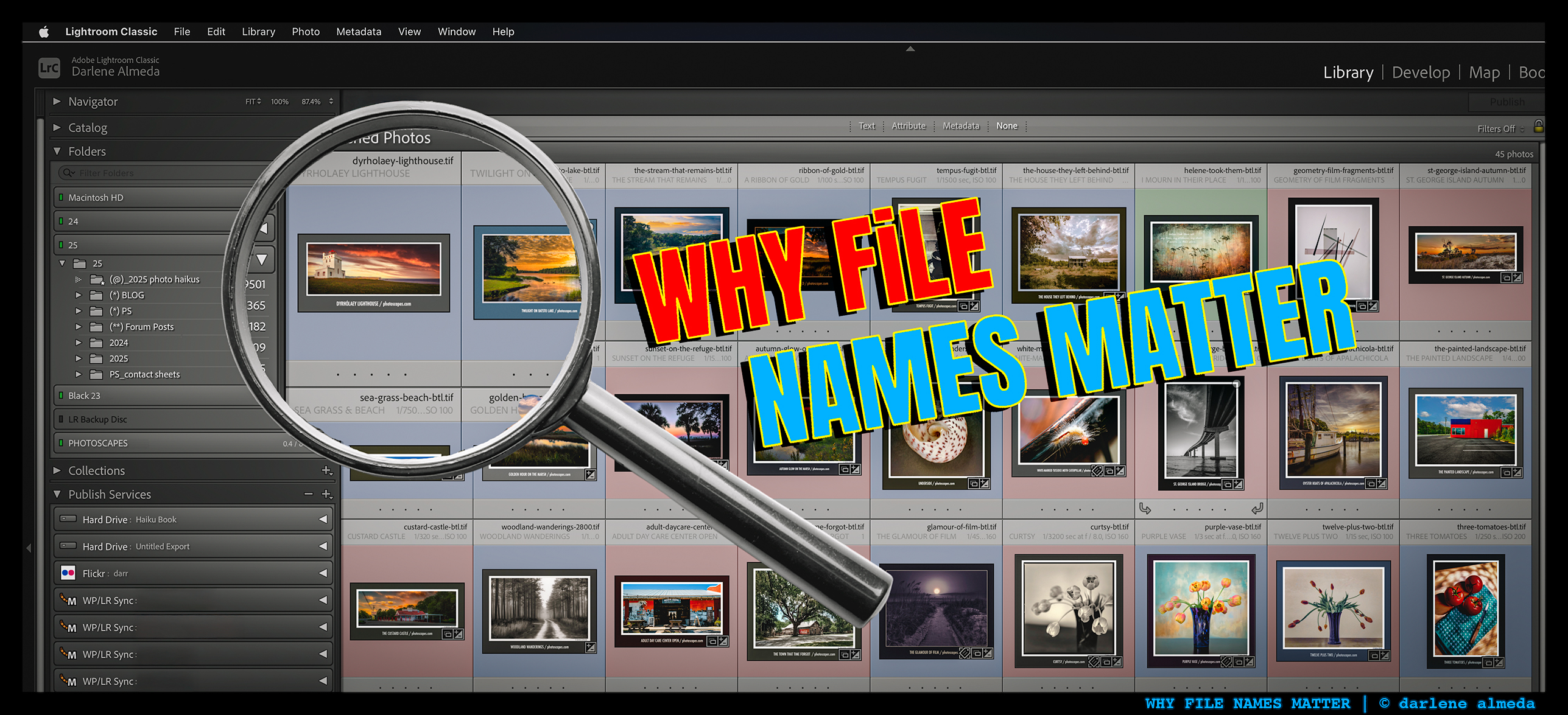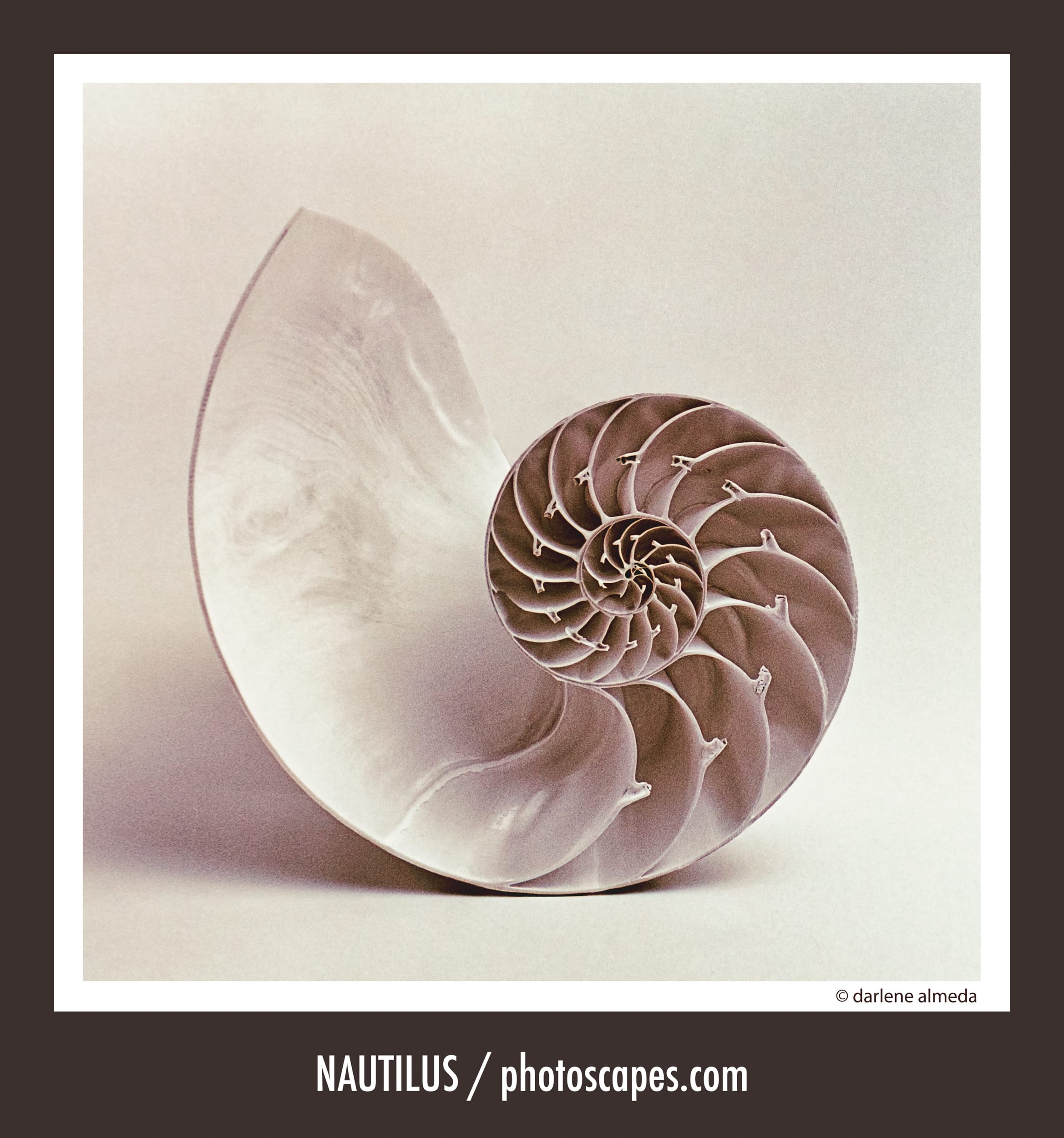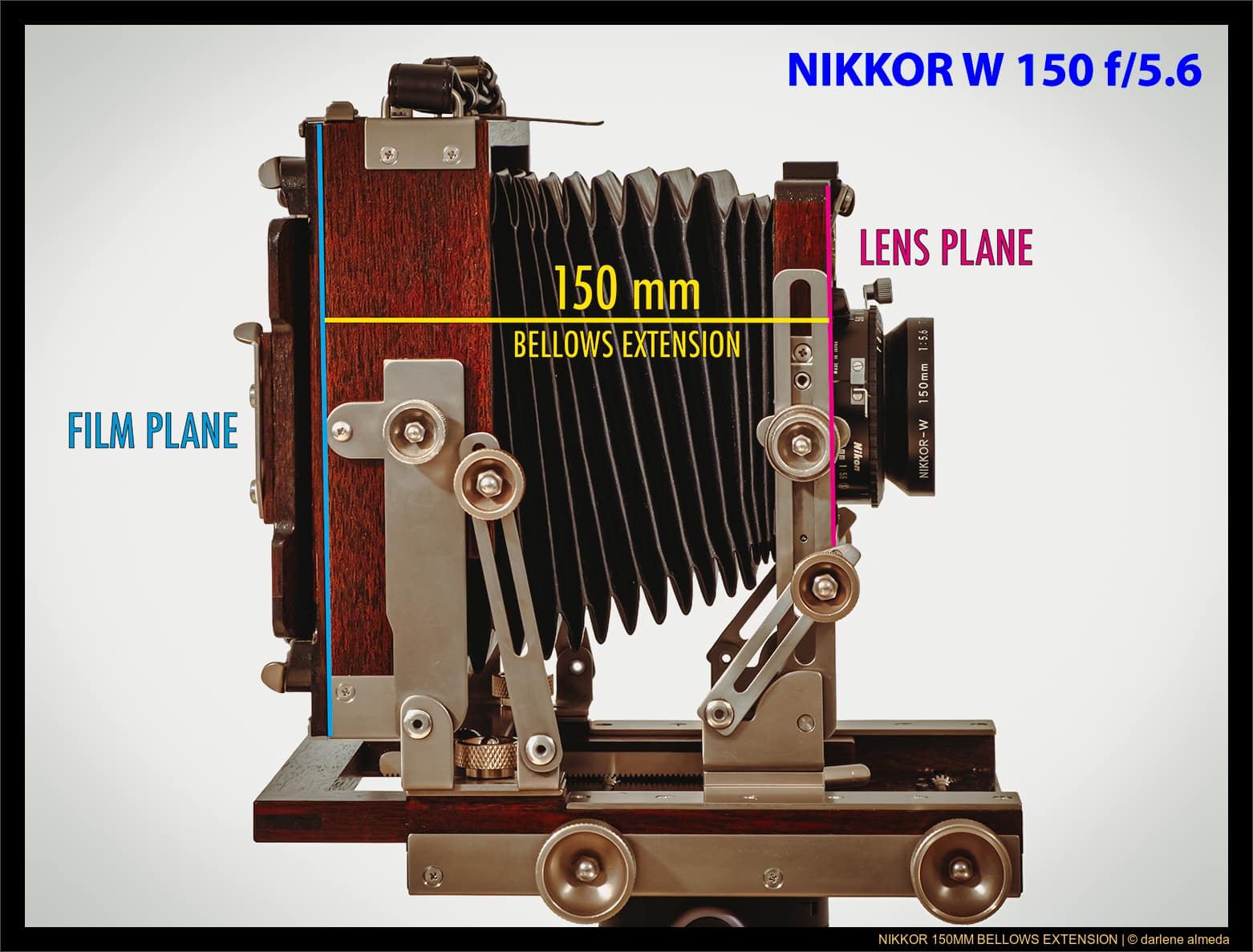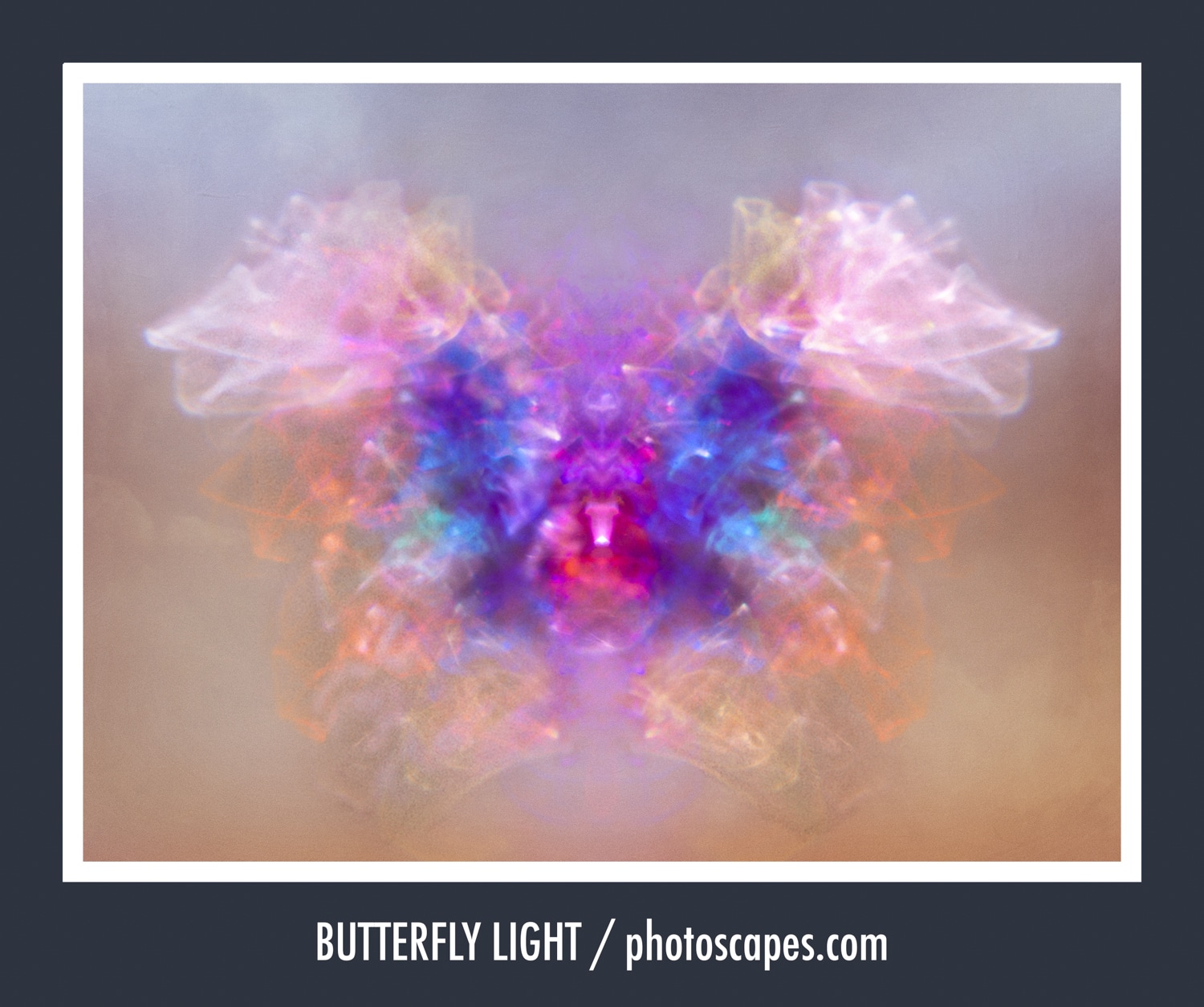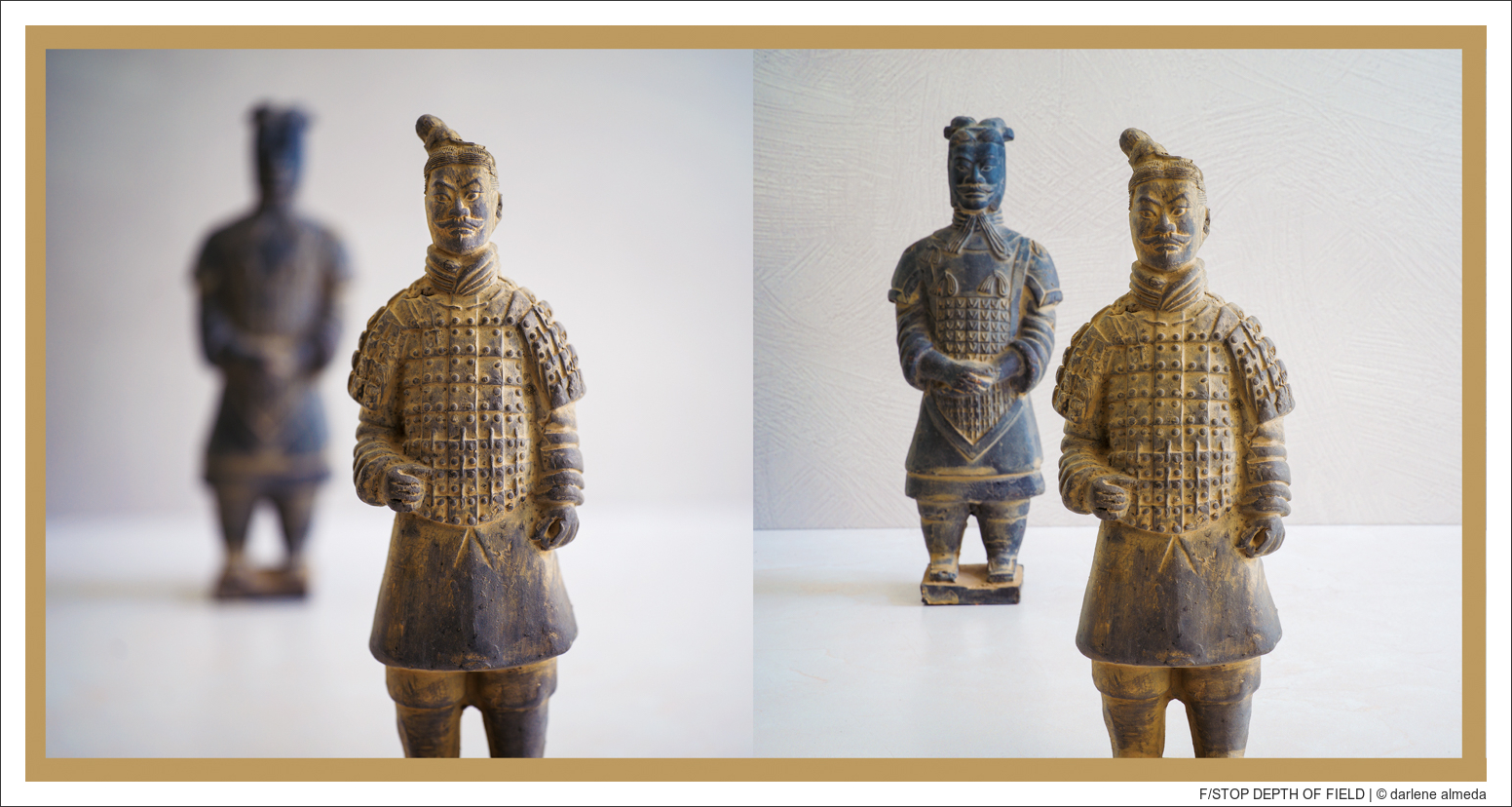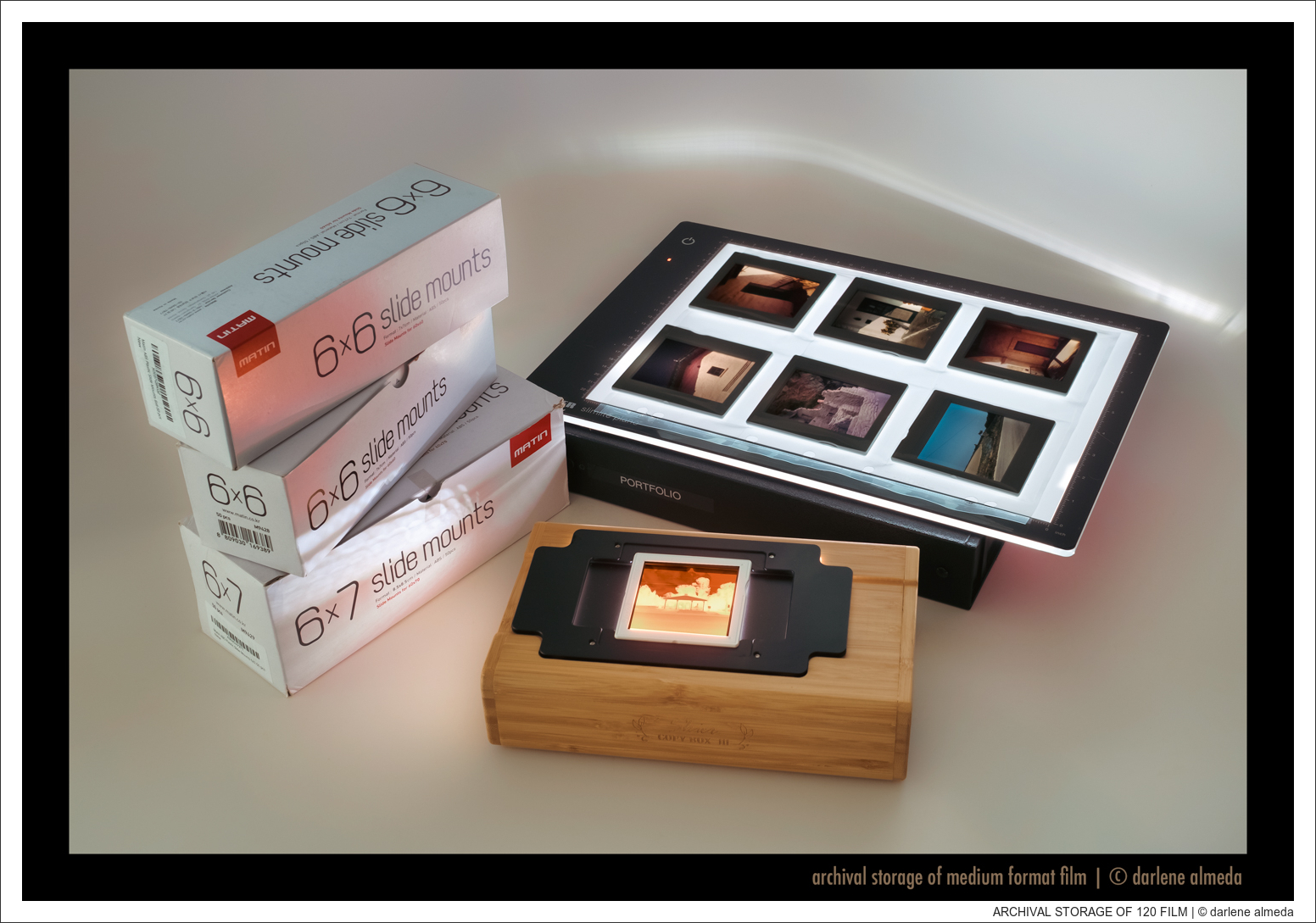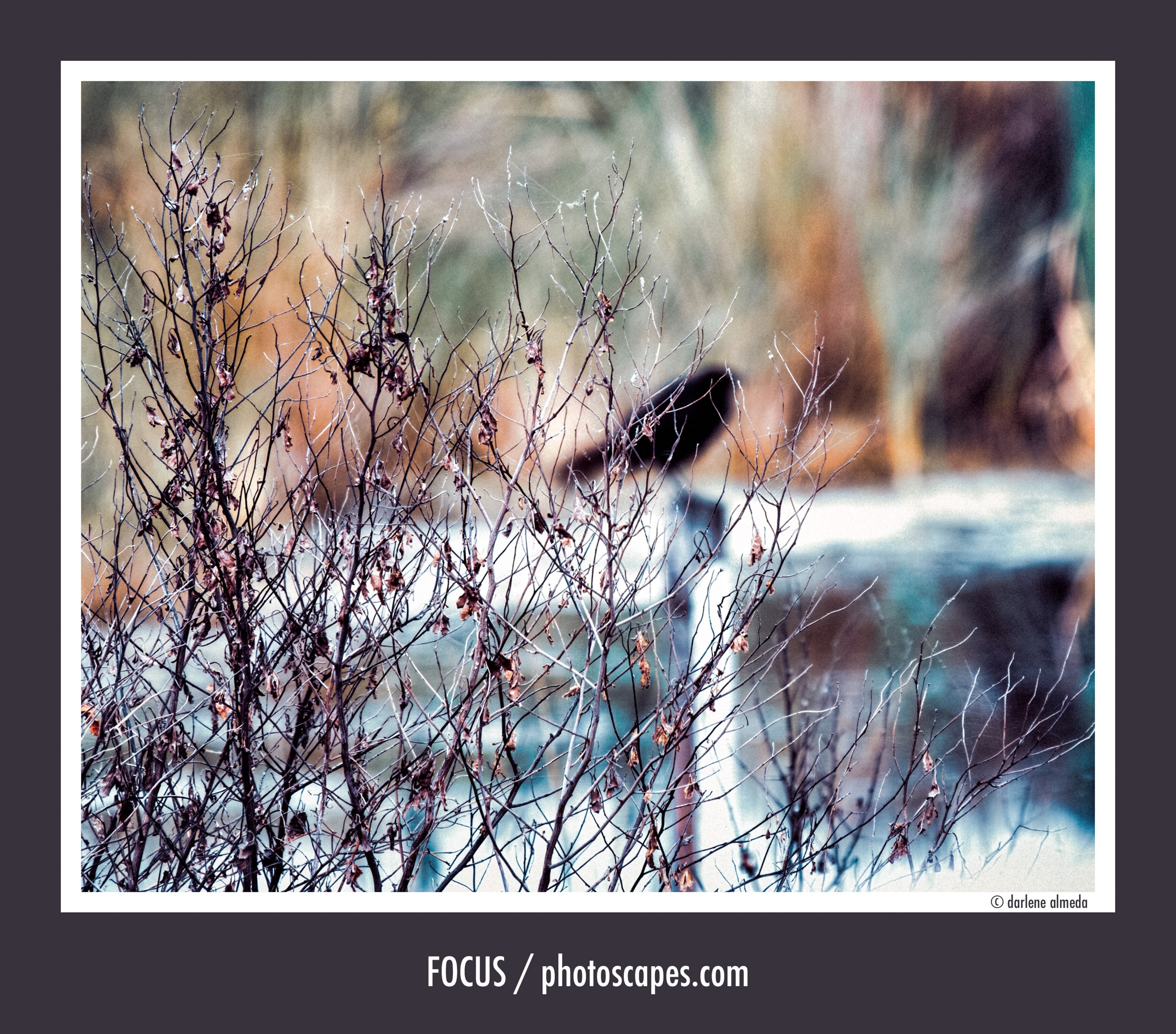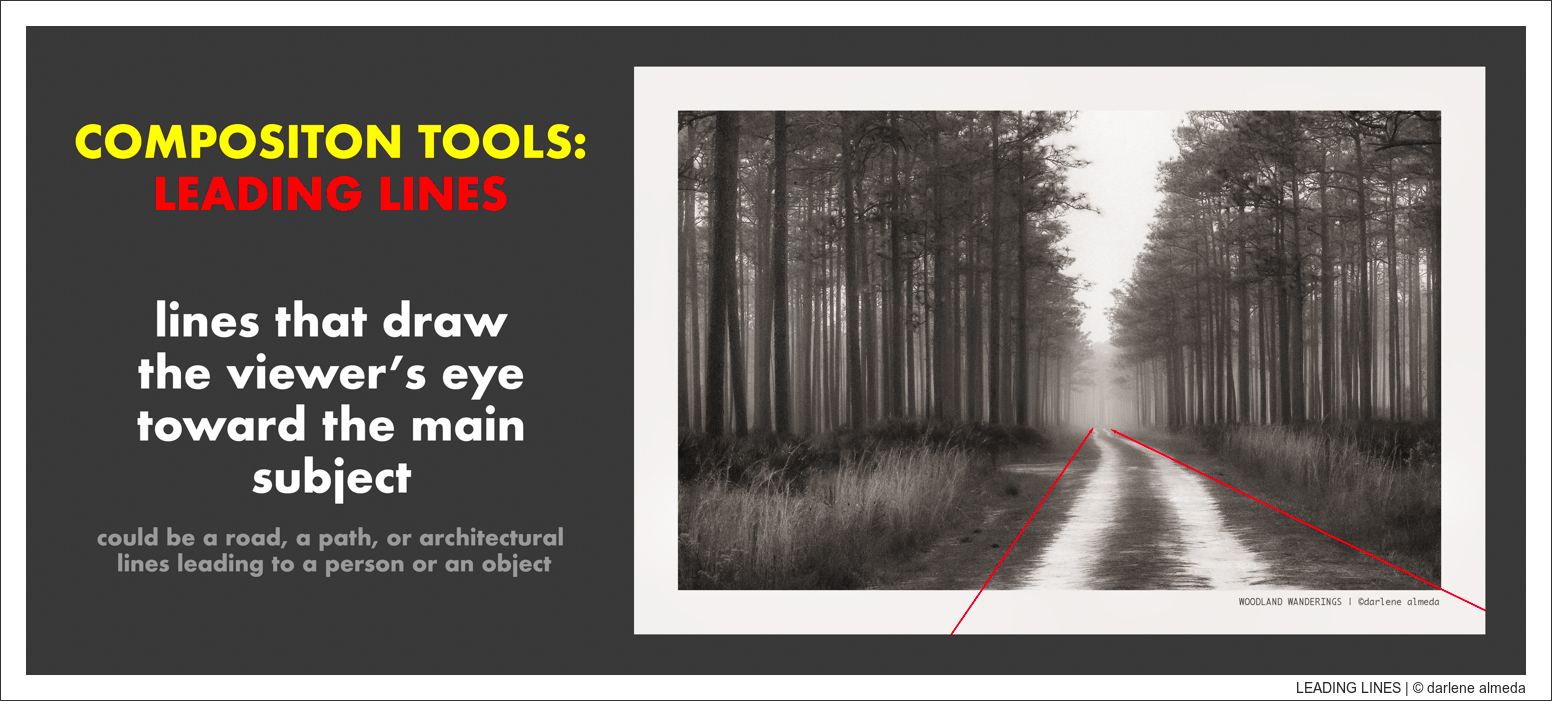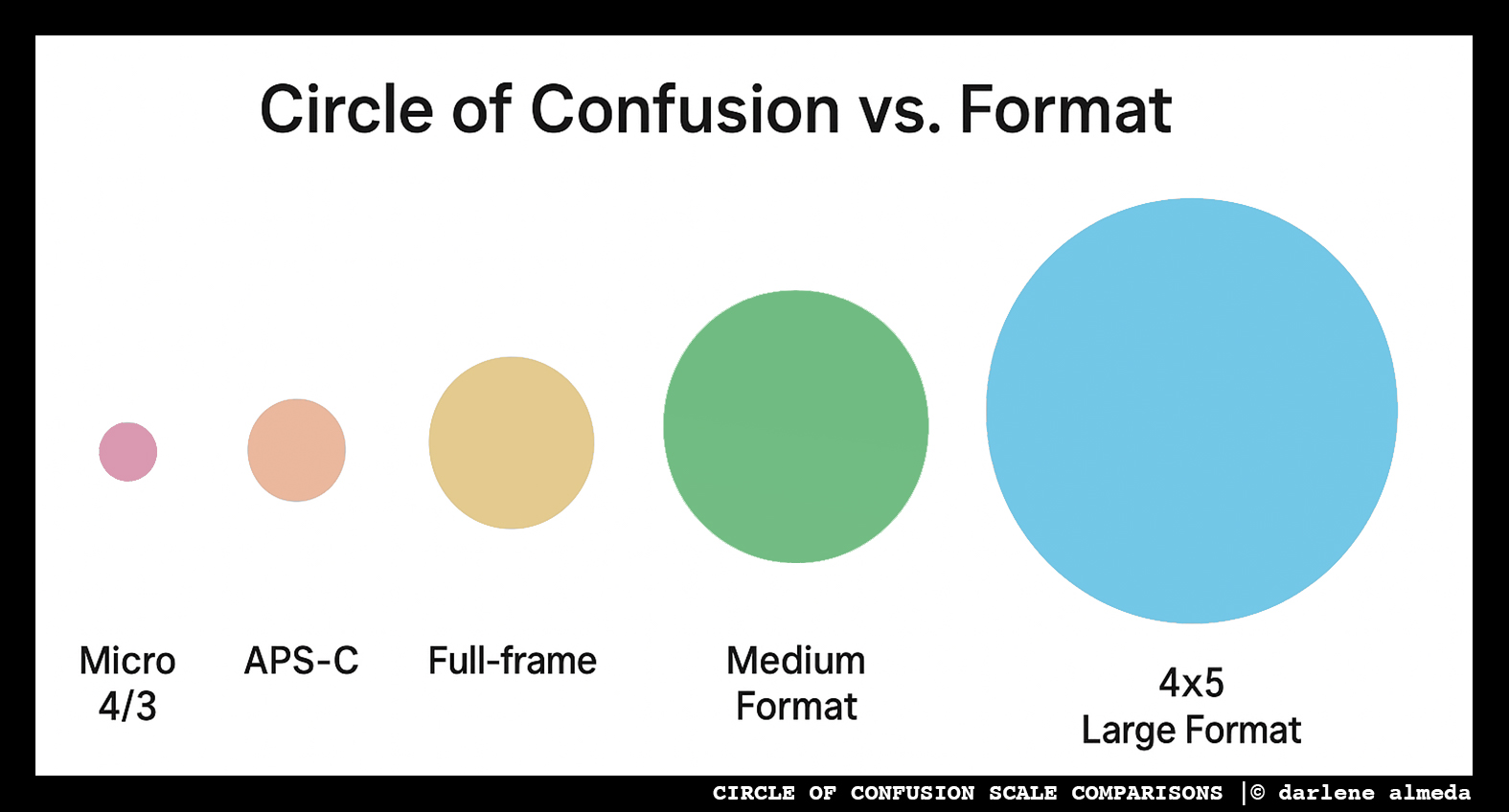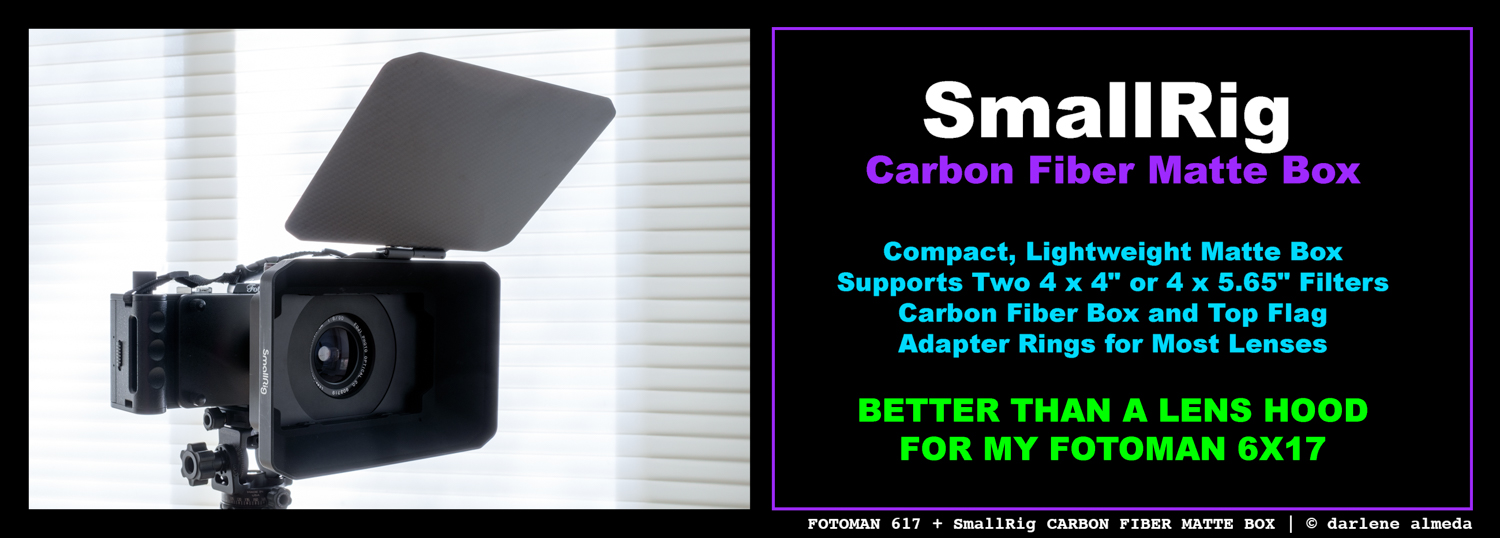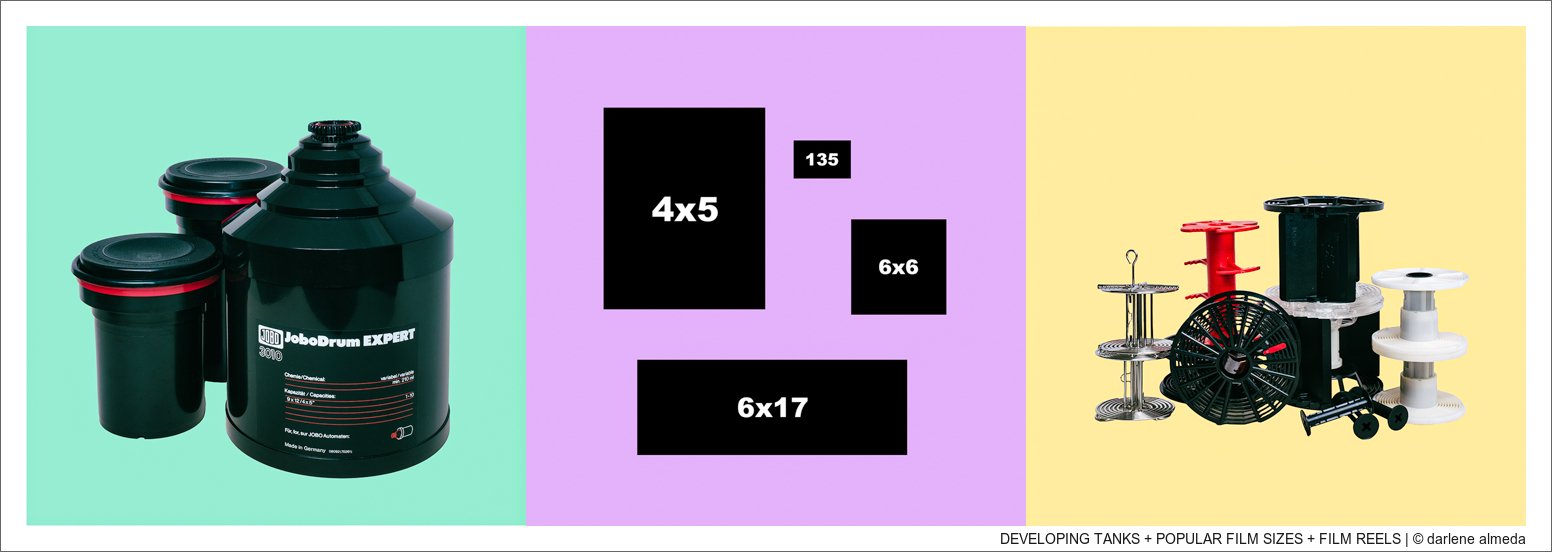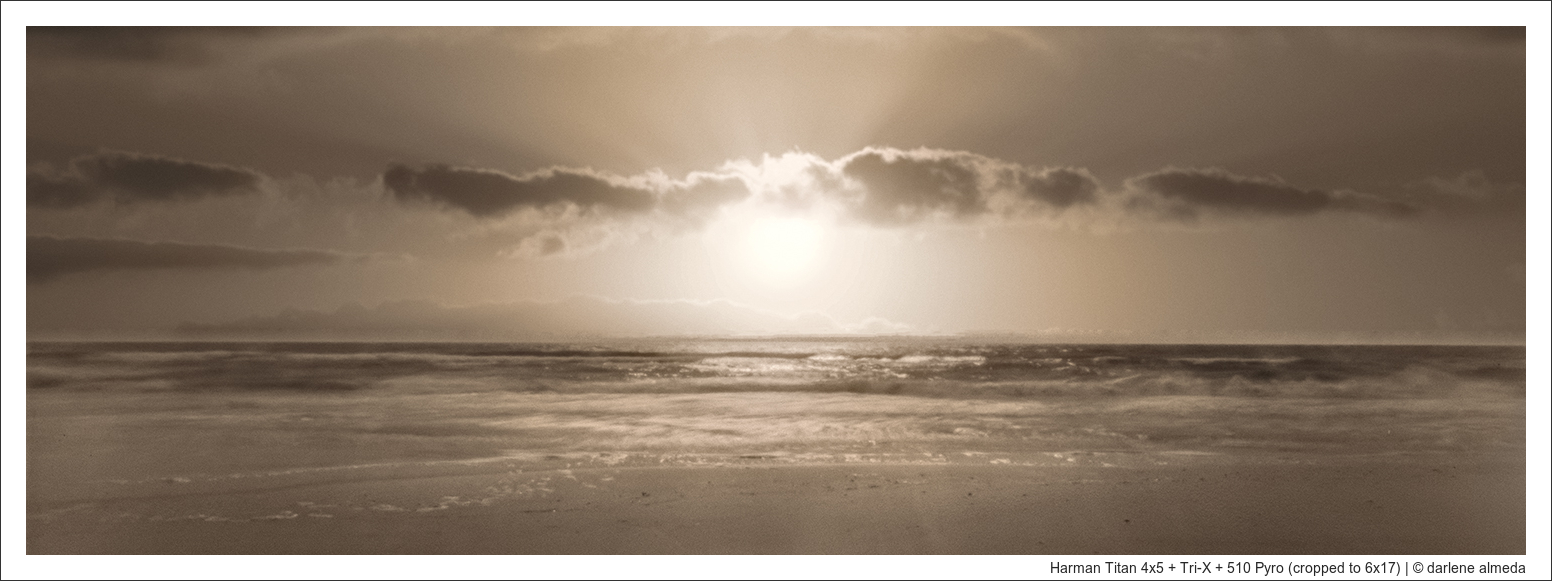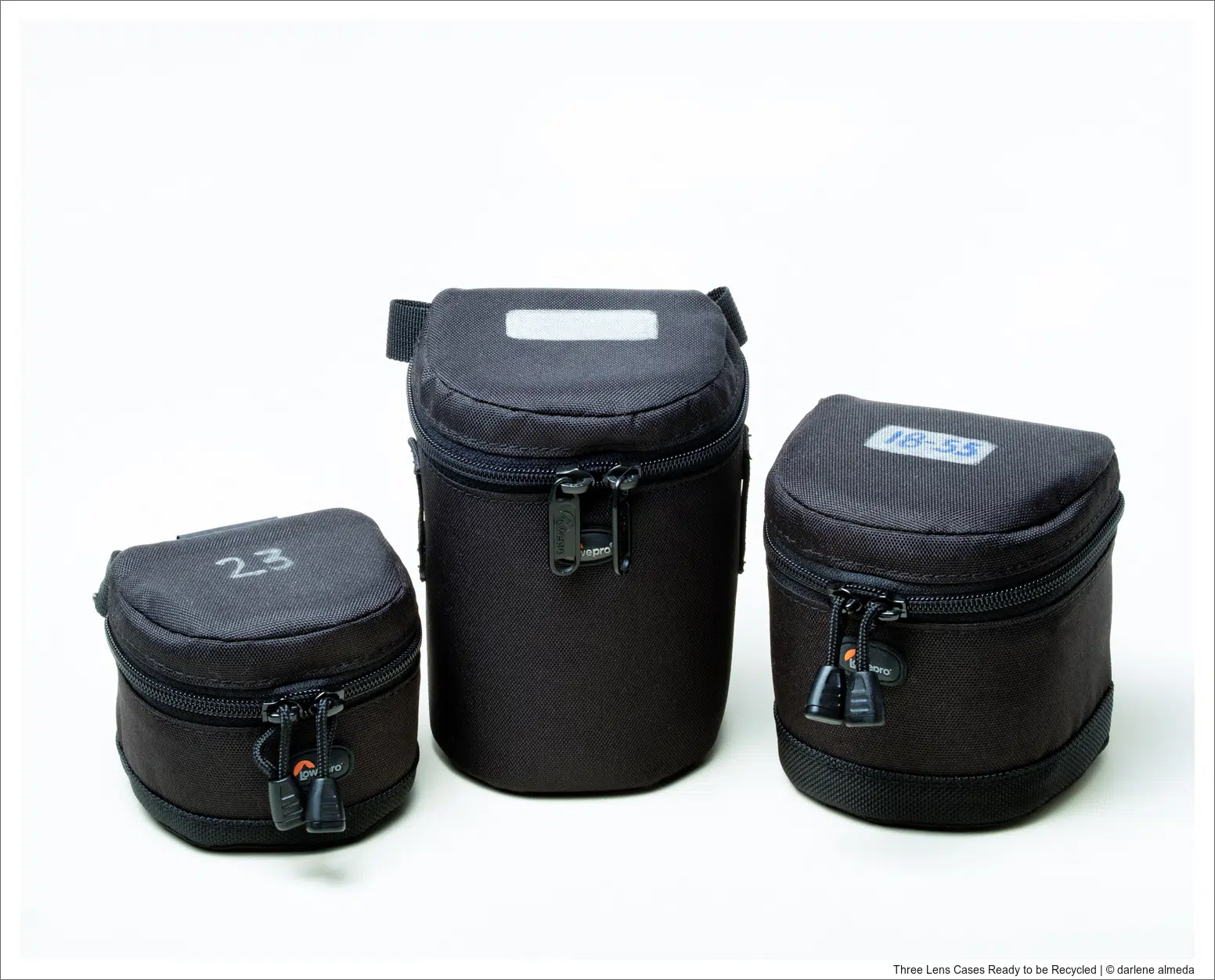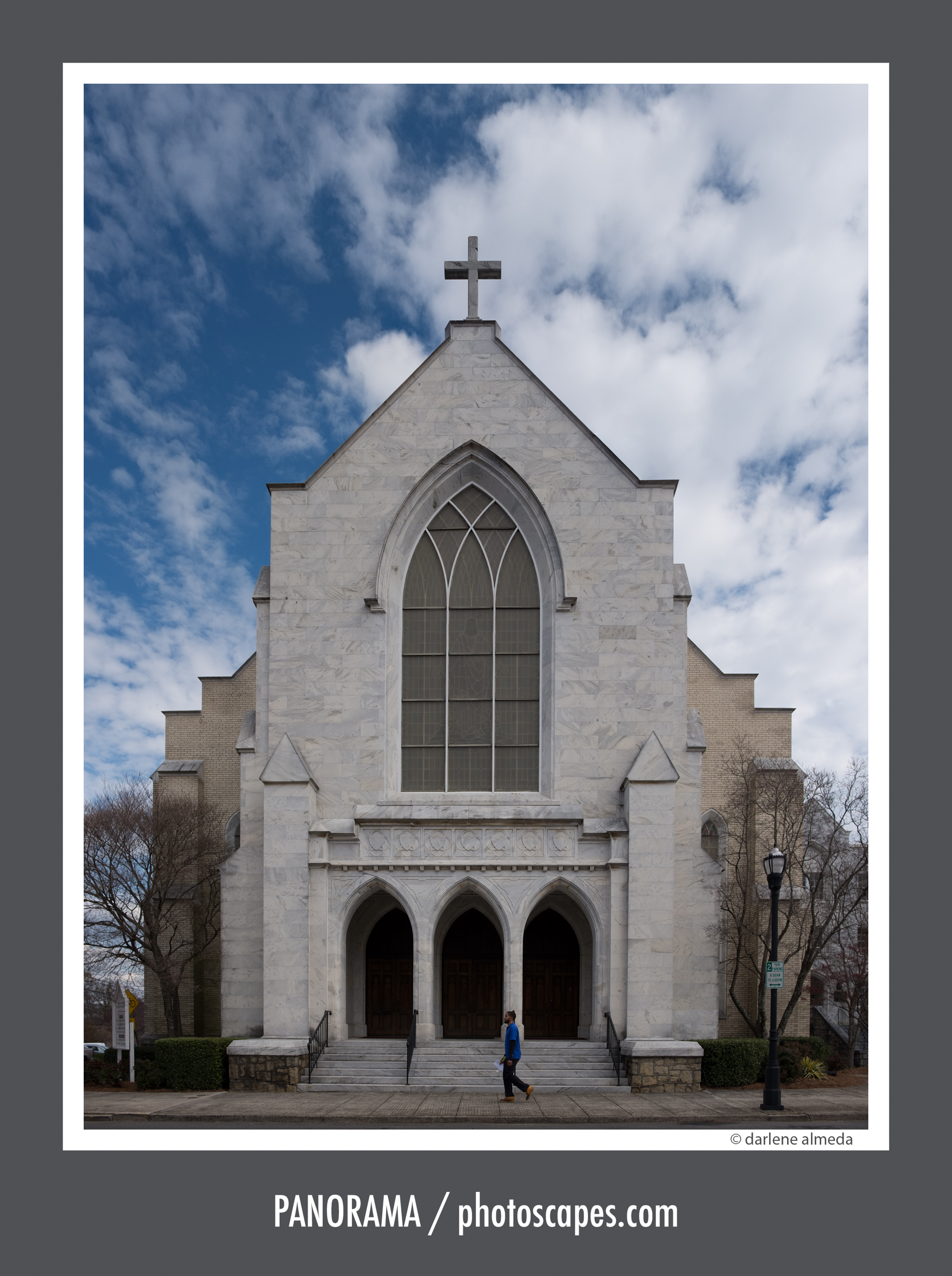Discover the basics of photographic lighting through simple, practical lessons—starting with how two lights can make an ordinary onion shine.
foundations
The Image You Meant to Make
A reflective look at how we seek, find, and photograph meaning—whether a walk leads to an unexpected image or the image reveals the path.
Why Understanding Equivalent Focal Lengths Matters
Understanding focal length equivalence bridges your digital and film vision, helping you compose intuitively across every format and camera system.
The Post Shoot: Classic Pet Portraits on Film
Classic pet portraiture on film: Hasselblad 501CM, TMAX 100, and 510 Pyro developer, with Joey the Tiger showing his regal personality in the studio.
The Shoot: Candid Cat & Joey’s Portrait Session
Step inside the studio as Joey the tiger cat takes the spotlight. From gear prep to candid antics, here’s how a Hasselblad session turned playful and fun.
The Pre-Shoot: Shaping the Vision, Setting the Stage
Planning a cat portrait shoot: from subject and design ideas to tools and studio setup, this pre-shoot guide blends humor, prep, and creativity.
The Pre Shoot: Preparation Shapes Creativity
Preparation shapes creativity. Learn how mastering craft, vision, and building an image bank can turn snapshots into intentional, lasting photographs.
Announcing Series: Pre-Shoot, Shoot, Post-Shoot
Great photos don’t start with the shutter—they start with a plan. My three-part series reveals the checklists that keep shoots stress-free and creative.
How I Organize My Lightroom Catalog (Why File Names Matter)
Simple, proven Lightroom organization tips—file naming, stacking, backups, and a workflow that keeps images easy to find and ready to share.
Let the Work Speak
Photographers risk alienating their audience when personal politics override their art. Let the image speak—unless advocacy is your artistic mission.
The Difference Is Creative Intent
Creativity isn’t about shooting randomly — it’s about seeing intentionally. Same setup, two different results. The difference? Creative intent.
ISO Speed: Sensitivity, Signal, and Creative Control
Learn how ISO affects exposure, image quality, and creative control in photography—covering digital vs. film, dynamic range, and when to use high or low ISO.
Finding Inspiration in Simple Things: Overcoming Creative Slumps
Inspiration isn’t about grand gestures—it’s about finding magic in the ordinary. Embrace small spaces, favorite subjects, and light to reignite creativity.
Bellows Extension Compensation Made Simple: Methods, Tools & Tips
If you use a 4×5 or any bellows camera, knowing when and how to apply bellows extension compensation is key. This guide covers simple, effective methods.
Creative Techniques Using Shutter Speed
Shutter speed unlocks creative potential in photography—learn five techniques like motion blur, panning, and light painting to transform your images with artistic flair.
F/Stops: An Essential Tool in Creative Photography
Dive into the world of f/stops and unlock the key to creative control in your photography. Experiment and watch your images transform before your eyes.
Cutting Film with Precision: A Guide to Stress-Free Slide Mounting
Struggling to cut film accurately? Discover how to achieve clean, precise cuts effortlessly with the Matin Multiple Slide Film Cutter and a lightbox.
Organizing Digital and Film Portfolios
Whether you shoot film, digital, or both, this article explores smart ways to organize, store, and protect your photography for long-term preservation.
FOCUS: A Study In Creative Vision
In a winter photography excursion armed with a Sigma SD1 camera and a challenging 500mm lens, the goal was to create an image that combined precision, abstraction, and the artistic potential of the Foveon sensor.
Framing the Shot: A Guide to Viewing Frames for Photographers
In this post, we’ll explore various options for viewing frames—from ready-made tools like the ViewCatcher, to repurposing materials you might already have, and even crafting your own custom viewing frame.
The Art of Pre-Visualization in Landscape Photography
In this article, I share the previsualization technique that guides me to where I need to set up the camera.
Circle of Confusion: Format Size Shapes Your Depth of Field
Understand the Circle of Confusion across image formats. Learn how CoC affects depth of field in small, medium, and large format photography.
Shading and Enhancing: The Matte Box Advantage
I discovered that a matte box, typically used with DSLR and video cameras, can also be an excellent accessory for other camera types, like panoramic and large-format cameras.
Capturing Clarity: A Guide to MTF Charts and Lens Sharpness
Modulation Transfer Function (MTF) is used to describe how well a lens captures and reproduces details. This article explores the factors contributing to a high MTF.
Black & White Film Developing: Stand, Semi-Stand, Standard
This article is about how I process black-and-white films. I choose to hand process my 4×5, 120, and the occasional 135 films. Here, I will share the processing equipment I have used and what I have been using for the past decade.
Understanding the Exposure Triangle in Photography
Unravel the Exposure Triangle to master well-exposed images in photography. Learn how aperture, shutter speed, and ISO work together to create stunning visuals.
Shedding Light on Filter Factors: A Guide to Optimizing Exposure in Photography
This article explores filter factors, explaining their function and presenting three distinct methods for calculation.
Balancing Light: A Simple Guide to Pinhole Exposure
Learn how to determine perfect exposure for pinhole photography using a light meter reading and a simple conversion factor—no gadgets required.
Lens Case Recycling: Updating The Labels
Recycle unused lens cases! In this follow-up to *Camera Bag Versatility*, I share how I repurpose cases—like my old Fujifilm 23/2 case—for new gear needs.
4×5 Film Holders: Care & Carry
Keep your 4×5 film holders clean, protected, and organized. Simple steps for labeling, carrying, and storing film for a smoother large-format workflow.
Panorama In Pieces
On a trip to Marietta, Georgia, I used my Fujifilm X100T to create a panorama, testing Lightroom’s stitching method I’d just assigned to my students.

